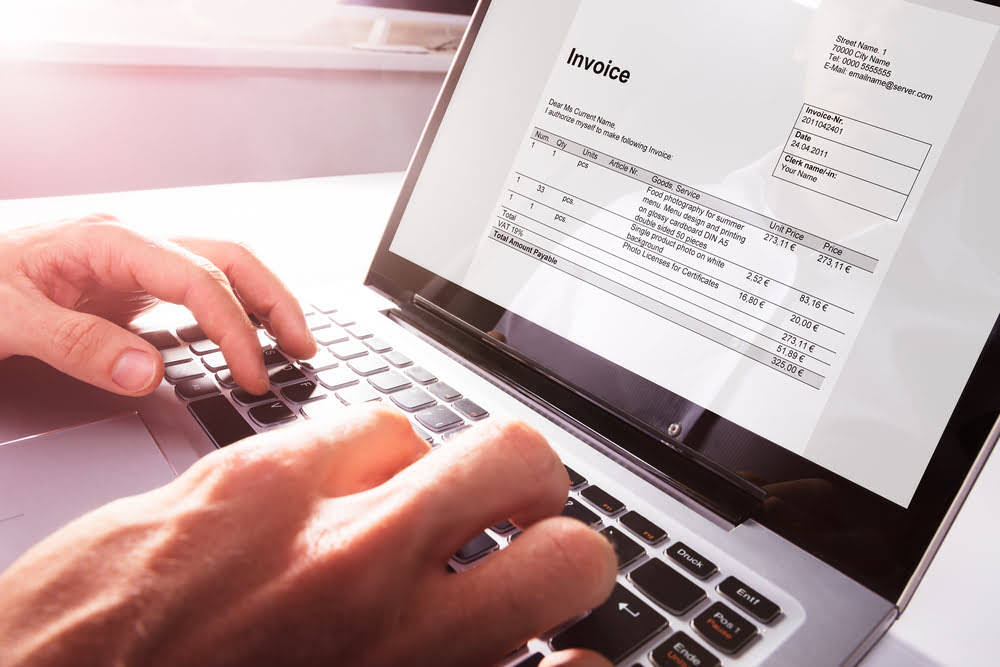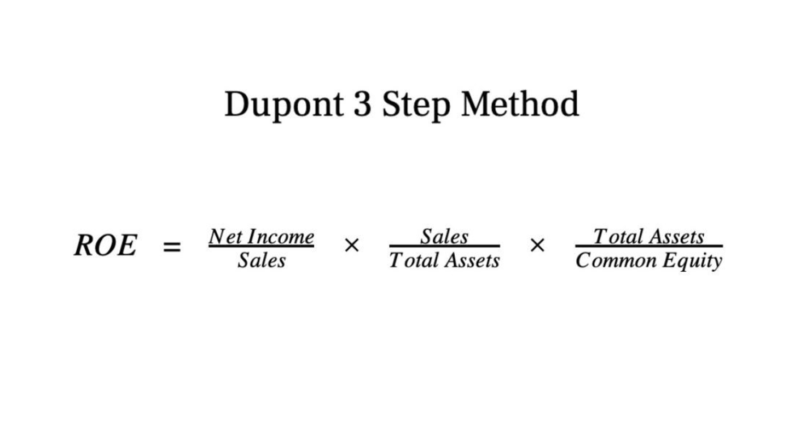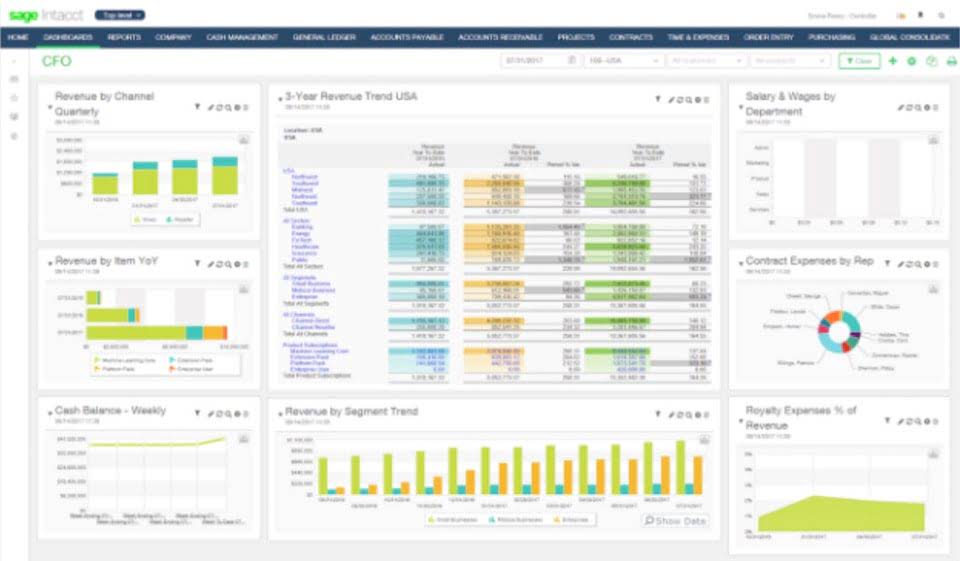
APIC is an important indicator of investor confidence and the company’s ability to raise capital. It can be used for various corporate purposes, such as funding expansion projects, acquiring other businesses, or improving financial stability. A high APIC balance suggests strong investor support and a robust capital base.
Equity in Financial Statements
Another way to visualize business transactions is to write a general journal entry. Each general journal entry lists the date, the account title(s) to be debited and the corresponding amount(s) followed by the account title(s) to be credited and the corresponding amount(s). Let’s illustrate the general journal entries for the two transactions that were shown in the T-accounts above. It represents the amount of common stock that the company has purchased back from investors.
Alternative Methods
If you meet these requirements, you’ll need to find a lender who offers second mortgages and reach out to start the application process. You’ll get a second mortgage on top of your initial one, and you’ll have two mortgage payments each month. The timeline for getting a home equity loan varies, and can take from a few weeks to a couple of months to complete. Then, the lender will look over your application and the appraisal and determine how much it’s willing to lend you. Once you’ve got final approval, you’ll close on the loan and receive your money.
- Then you pay it back in monthly installments over a predetermined amount of time, like 30 years.
- If you’ve paid off a portion of your first mortgage or your home has gained value, you have the opportunity to put the money you have in your home to good use.
- This power includes representation on the board of directors, involvement in policy development, and the interchanging of managerial personnel.
- When loans are riskier for lenders, they usually charge higher rates.
- This is reflected in the books as a deduction from total equity.
Addressing health equity is key to ensuring better pandemic preparedness, PAHO Director says
- The exact rate you’ll pay also depends on your own financial situation.
- When companies engage in M&A activities, they often use their equity to finance the deal.
- They increase your total debt load and come with a second monthly payment.
- Some lenders may also have minimum withdrawal requirements, meaning you’ll need to take out at least that amount every time you want to borrow from your HELOC.
- Expenses – Expenses are essentially the costs incurred to produce revenue.
- The strategic use of equity in M&A can help preserve cash reserves and maintain financial flexibility, which is particularly important for companies looking to invest in future growth opportunities.
There are several types of equity accounts that combine to make up total shareholders’ equity. These accounts include common stock, preferred stock, contributed surplus, additional paid-in capital, retained earnings, other comprehensive earnings, and treasury stock. Retained earnings represent the cumulative amount of net income that a company has reinvested in its business rather than distributed as dividends.
Is an Investment in Another Company the Same As an Acquisition?
A temporary account used in the periodic inventory system to record the purchases of merchandise for resale. (Purchases of equipment or supplies are not recorded in the purchases account.) This account reports the gross amount of purchases of equity t account merchandise. Net purchases is the amount of purchases minus purchases returns, purchases allowances, and purchases discounts. Equity accounts encompass various components that collectively represent the ownership interests in a company.
Equity is a fundamental component of a company’s financial statements, providing a snapshot of its financial health and ownership structure. The balance sheet, one of the primary financial statements, prominently features equity alongside assets and liabilities. This section of the balance sheet, often referred to as shareholders’ equity or owners’ equity, encapsulates the net worth of the company from the shareholders’ perspective.

Thus, T accounts are only a teaching and account visualization aid. Unlike assets and liabilities, equity accounts vary depending on the type of entity. For example, partnerships and corporations use different equity accounts because they have different legal requirements to fulfill. There are several types of equity accounts illustrated in the expanded accounting equation that all affect the overall equity balance differently.
- Your information is kept secure and not shared unless you specify.
- Recording debits and credits is all about tracking the flow of money, so there is always a source account (where the money comes from) and a destination account (where the money ends up).
- You’ll need to have enough equity in the home to qualify, and you’ll be required to pay closing costs.
- Accounting textbooks use two accounts with the word “Supplies”– Supplies (an asset), (sometimes called Supplies Asset), and Supplies Expense.
- Second mortgages let you borrow from your home equity, so depending on how much you have, you may be able to borrow more with a second mortgage than you could with a credit card.
- All the information you’ll need to create your T-account will be ready whenever you are.
- Company XYZ provides and collects $4,000 worth of repair services.
Ask Any Financial Question
When all transactions are posted to T-Accounts, the balance of the accounts is calculated. To calculate the balance for each account, follow these steps for each account. Now, our business owner wants to withdraw some cash from the business for personal use. This transaction is telling us that what we have “on hand” in our supply closet is $1,250 worth of supplies. In the Salaries Expense T-Account, the $7,300 deposit goes on the left (debit) side of the account because the expense is increasing. In the Cash T-Account, the $7,300 payment of cash goes on the right (credit) side of the account because Cash is decreasing.

